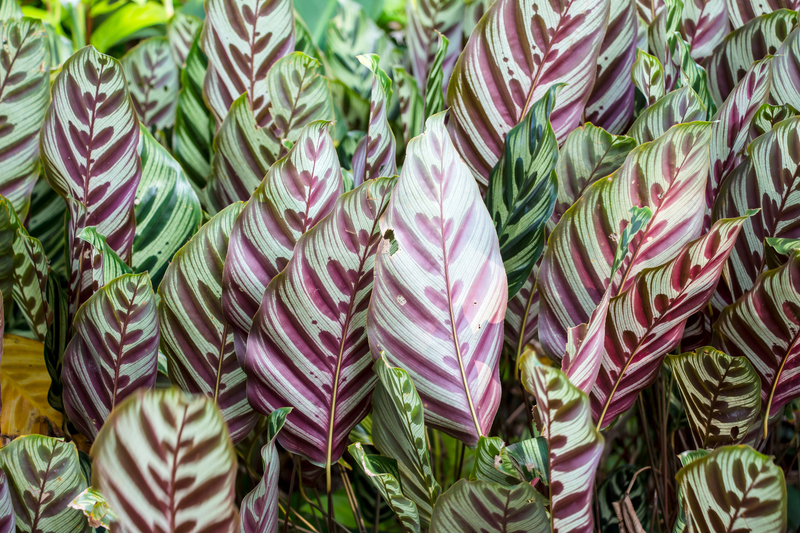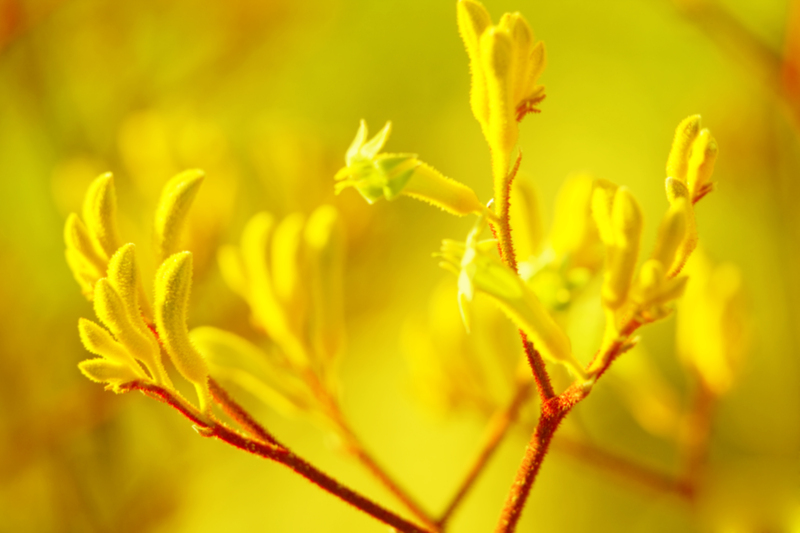Fostering Orchid Growth with Precision
Posted on 23/05/2025
Fostering Orchid Growth with Precision: An In-Depth Guide
Orchids have mesmerized plant enthusiasts and professional horticulturists alike for centuries with their unique beauty and remarkable diversity. Yet, despite their popularity, growing orchids can be a challenging endeavor, especially if one seeks optimum health and years of glorious blooms. Fostering orchid growth with precision is not just about watering and occasional fertilizing; it is an intricate harmony of environment, care, and expertise.
In this comprehensive article, we delve into the science and art behind precise orchid cultivation. Whether you're a novice seeking your first bloom or an experienced grower aiming for competition-level flowers, this guide provides actionable, SEO-optimized advice to ensure your orchids thrive.

Understanding Orchids: Unveiling Their Unique Needs
Before discussing specific techniques, it is crucial to understand what makes orchids different from other houseplants. Orchids belong to the Orchidaceae family, one of the largest and most varied families of flowering plants. They have evolved in every habitat--rainforests, deserts, and even mountain regions--developing unique adaptations.
Epiphytic vs. Terrestrial Orchids
- Epiphytic orchids (such as Phalaenopsis and Cattleya): Grow on trees, drawing nutrients from the air, rain, and organic debris.
- Terrestrial orchids (like Paphiopedilum): Grow in soil or on the ground, much like conventional plants.
Recognizing your orchid's main type is essential for tailoring a precise care regimen.
The Five Pillars of Precise Orchid Growth
To foster optimal orchid growth with precision, focus on the following essential aspects:
- Light
- Humidity
- Water
- Temperature
- Nutrition
1. Mastering Light Exposure
Light is perhaps the most important factor in precise orchid care. Orchids require more light than most houseplants, but direct sunlight can damage their sensitive leaves.
- South or east-facing windows are best for most orchids.
- Use sheer curtains to diffuse intense sun.
- Rotating plants regularly ensures even growth.
- Supplement with grow lights where natural light is insufficient.
- Leaf color is a natural indicator--ideal foliage should be bright green. Dark green indicates too little light; yellowish, too much.
2. Fine-Tuning Humidity
Orchids flourish in humidity levels between 40-70%. Most homes fall below this range, especially in winter.
- Use a humidity tray: Place pebbles in a shallow tray with water, positioning the pot on top (not touching the water directly).
- Employ a room humidifier for consistent moisture levels.
- Group orchids together to naturally raise the microclimate's humidity.
Misting can temporarily help, but be cautious of fostering fungal growth.
3. Watering Orchids with Precision
Overwatering is the most common killer of orchids. To ensure precise hydration, follow these strategies:
- Always use room temperature, distilled, or rainwater -- tap water may contain minerals harmful to certain species.
- Allow potting media to dry slightly between waterings.
- Water in the morning to give foliage time to dry through the day.
- For epiphytic orchids, soak roots thoroughly, then allow excess water to drain completely.
4. Achieving Temperature Balance
Orchids are sensitive to temperature fluctuations. Fostering orchid growth with precision means emulating their native climate as closely as possible:
- Daytime temperatures: 65-75?F (18-24?C) for most species.
- Nighttime drop: Many orchids need a 10?F (5?C) drop to stimulate blooming.
- Protect from drafts, heaters, and sudden temperature changes.
5. Nutrient Delivery for Robust Growth
Fertilization is crucial for robust, consistent orchid growth. The mantra is: "Weakly, weekly."
- Use a balanced orchid fertilizer (20-20-20 or similar) at one-quarter recommended strength.
- Fertilize every week during active growth, reduce to monthly during dormancy.
- Flush pots with clean water monthly to prevent buildup of salts.
Specialized Media and Potting Tips
Regular potting soil retains too much moisture, suffocating orchid roots. Instead, precise orchid cultivation relies on specialized media:
- Bark chips, sphagnum moss, perlite, and charcoal are common choices.
- Repot every 1-2 years or when the media breaks down.
- Choose pots with ample drainage holes; clear plastic pots help monitor root health and moisture levels.
Repotting Orchids - A Step-by-Step Guide
- Gently remove the orchid from its pot and shake off old media.
- Rinse roots and trim any dead, brown, or mushy portions with sterile scissors.
- Place in new media--arrange roots loosely, filling in gently.
- Water lightly and keep in low light for a week to recover.
Supporting Precision Orchid Development: Advanced Techniques
Orchid Pruning and Staking
Pruning not only enhances appearance but encourages healthy growth and reblooming:
- Cut dead flower spikes about an inch above the node for Phalaenopsis (Moth orchid).
- Regularly remove yellowing leaves and spent blooms.
- Stake spikes carefully to prevent breakage.
Disease and Pest Management
Vigilance is key to precision orchid care. Quick intervention prevents larger issues:
- Inspect weekly for pests like mealybugs, scale, and spider mites.
- Use neem oil or insecticidal soap if necessary.
- Isolate infected plants to avoid spreading diseases.
- Improve air circulation to deter fungal infections.
Encouraging Blooming Through Environmental Cues
Some orchids may not bloom even when healthy. Fostering orchid flowering with precision involves manipulating environmental triggers:
- Many species require a brief cool period or nighttime temperature drop.
- Light duration (long days or short days) can signal flowering.
- Reduce watering slightly after blooming to mimic seasonal patterns.
Common Orchid Growth Mistakes to Avoid
Orchid setbacks often stem from well-intentioned errors. For effective and precise orchid cultivation, be aware of these pitfalls:
- Overwatering -- leading to root rot.
- Excess sunlight -- burning delicate leaves.
- Using regular potting soil -- suffocates roots.
- Ignoring pests and diseases -- allows rapid spread.
- Lack of humidity -- causes shriveled leaves and buds to drop.
Harnessing Technology: Innovations for Precision Orchid Growing
Modern technology offers tools that optimize orchid growth conditions:
- Digital hygrometers and thermometers monitor microclimates with accuracy.
- Automated misting and watering systems ensure consistent hydration.
- LED grow lights simulate ideal daylight spectra, vital for year-round growth.
- Specialty apps can track individual plant care schedules and blooming times.

Frequently Asked Questions About Precision Orchid Care
How Often Should I Water My Orchid?
This depends on species, potting media, and environment. As a rule, water when the top inch of media feels dry, usually once a week. Always ensure excess water drains away.
What Is the Best Fertilizer for Precise Orchid Growth?
Select a balanced, water-soluble formula with equal nitrogen, phosphorus, and potassium (e.g., 20-20-20) and dilute to one-quarter strength.
Can Orchids Grow in Regular Potting Soil?
No. Regular soil is too dense and retains excess moisture. Use only specially-formulated orchid media for healthy root development.
Conclusion: Achieving Mastery in Precision Orchid Growth
Fostering orchid growth with precision is an ongoing journey of discovery, observation, and adjustment. Orchids will teach you to observe subtle signals and respond intelligently--fine-tuning light, water, humidity, temperature, and nutrition. With the right knowledge and attention, your orchids will reward you with long-lasting health and spectacular blooms, year after year.
Remember, each orchid is unique, and the most effective approach combines proven science with personal experience. Stay curious, record your results, and enjoy the rewarding process of cultivating nature's finest treasures--your own vibrant, thriving orchids.



